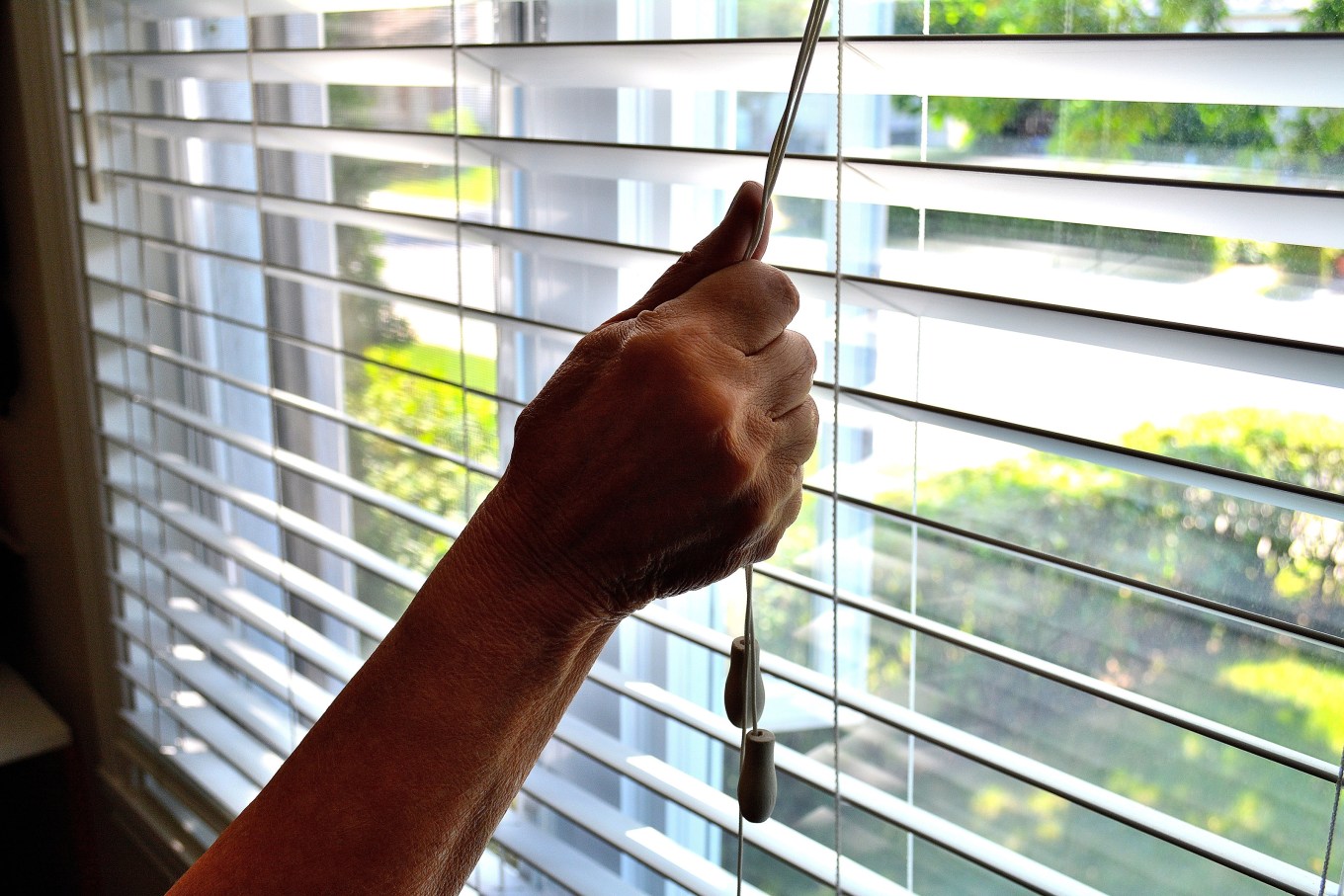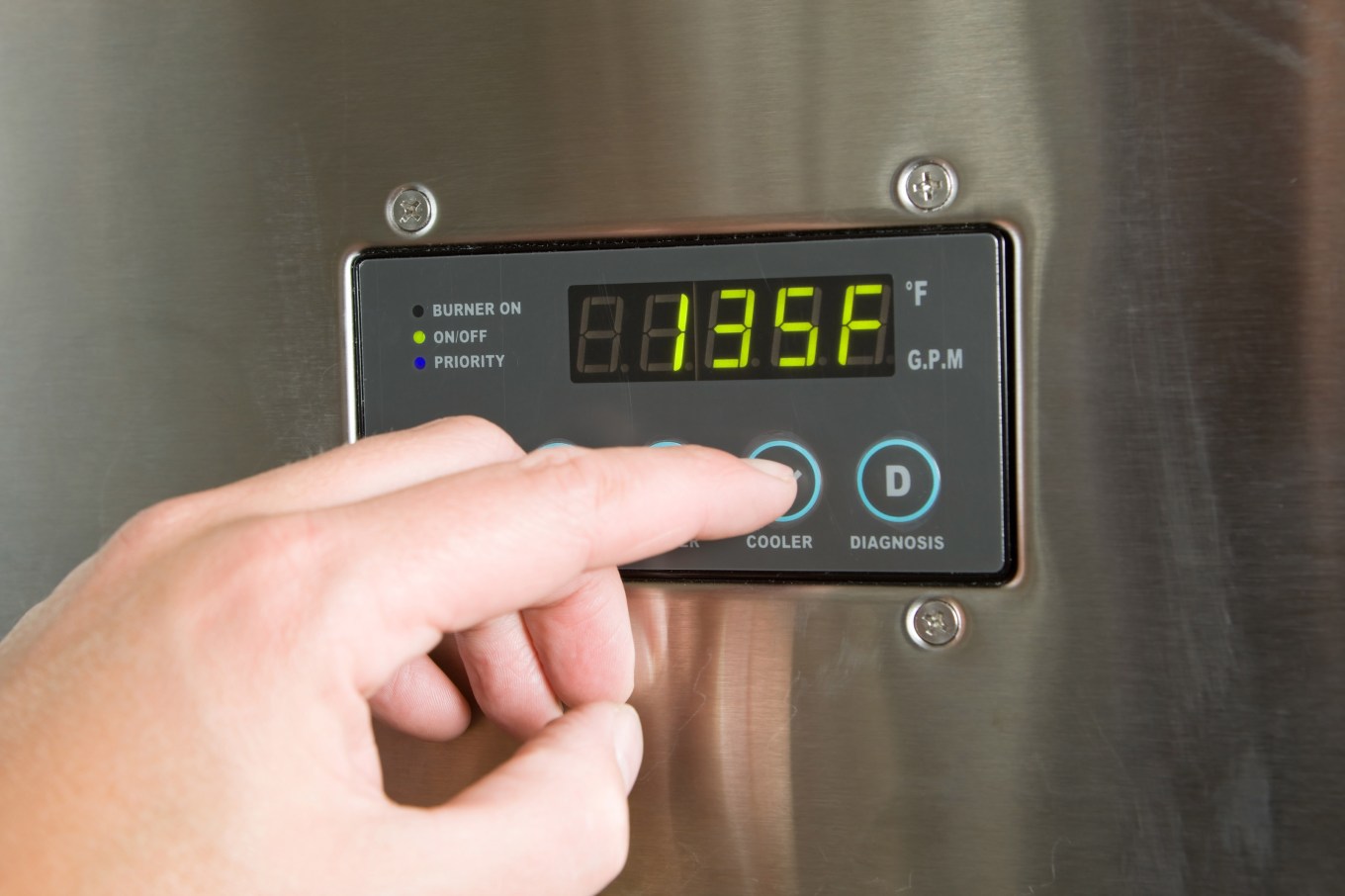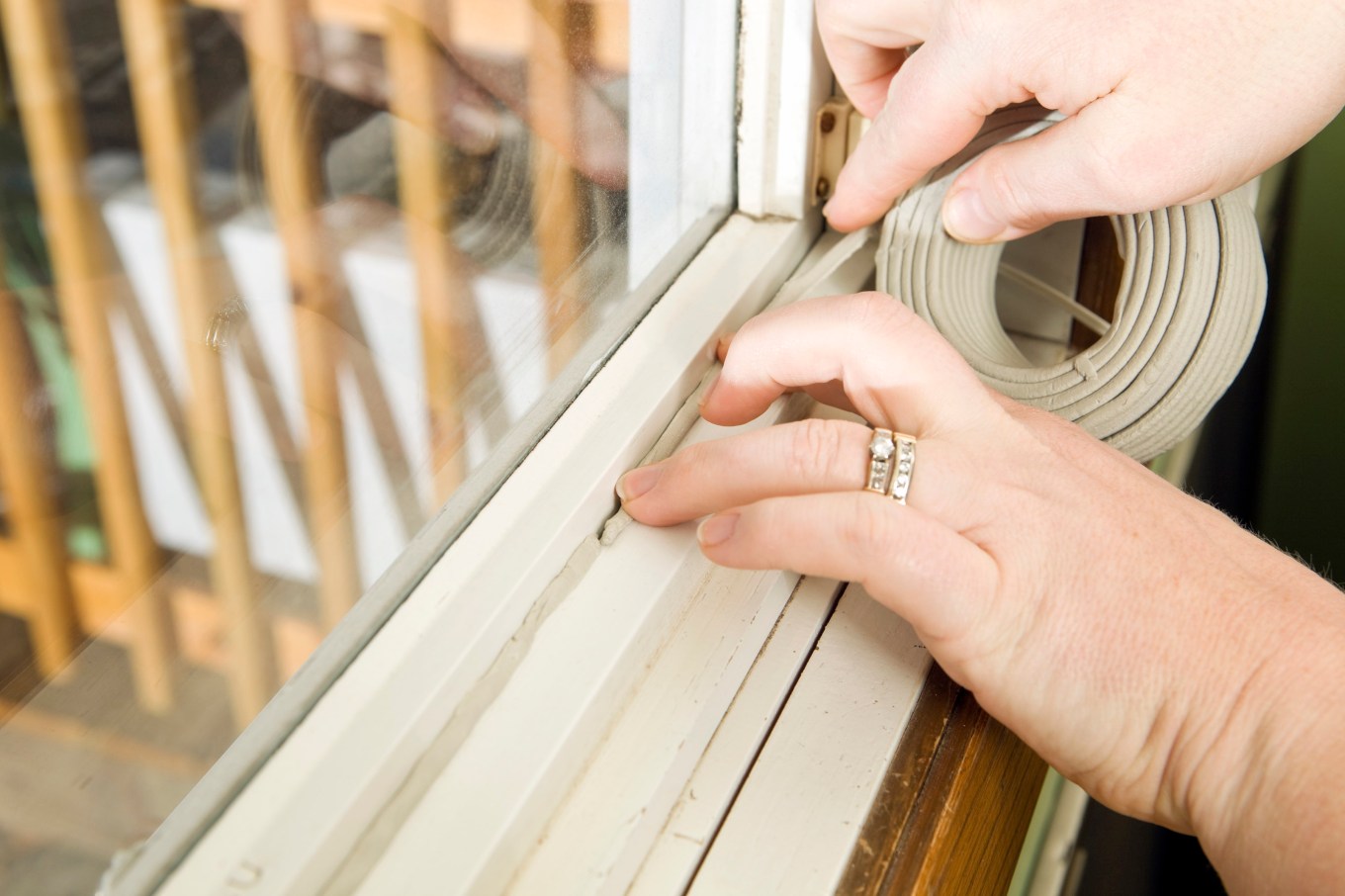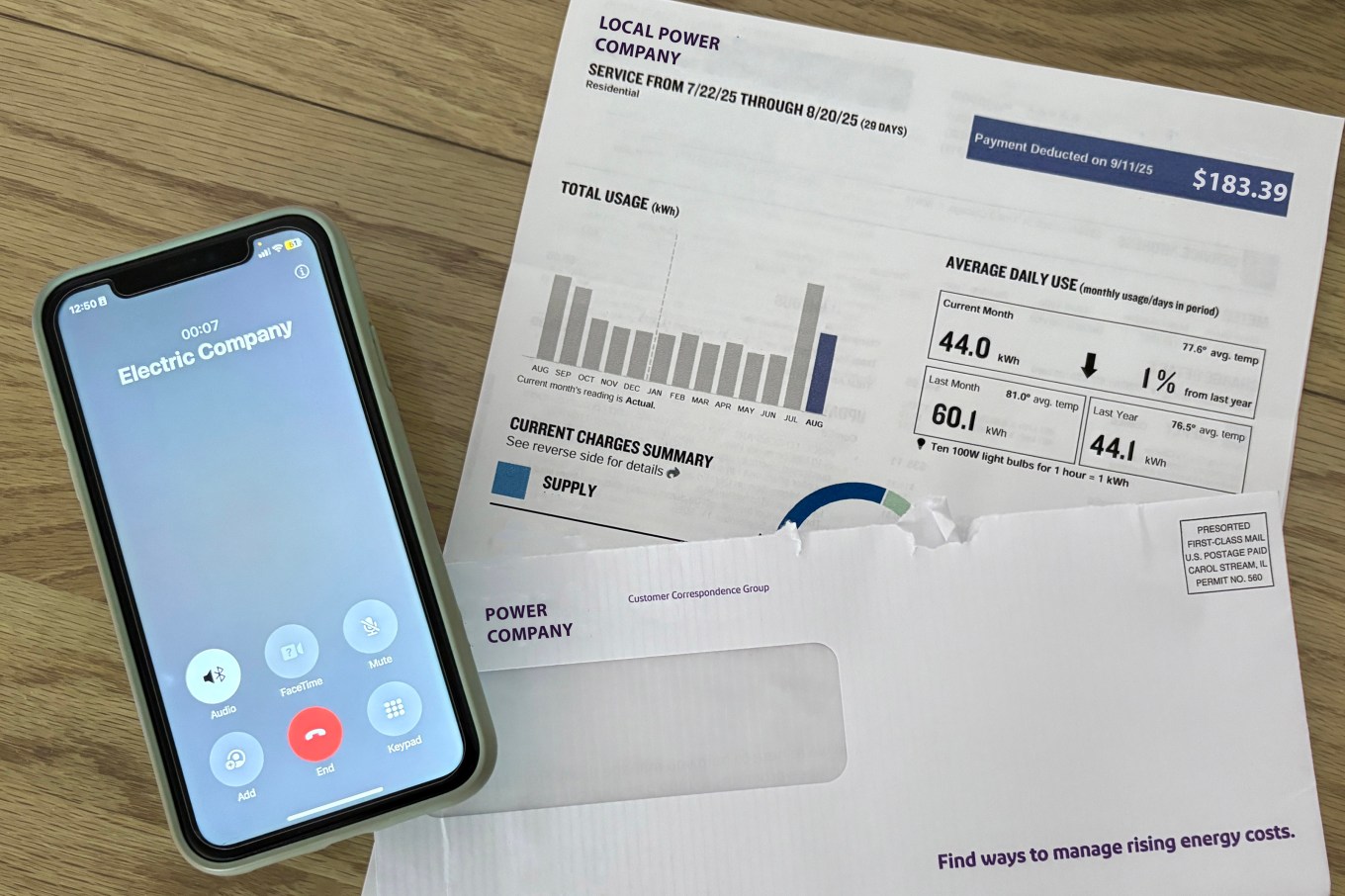That shocking number on your latest electric bill isn't a mistake. The U.S. Bureau of Labor Statistics confirmed what millions of Americans are experiencing: Electricity costs have skyrocketed at more than double the overall inflation rate over the past year ending in June 2025. We knew energy prices were climbing, but we weren’t prepared for increases this steep, sudden, or long term. Now we need to figure out how to lower our electric bills — fast.
Conditions won’t improve on their own any time soon. “We're expecting prices to remain high through May 2027,” says Jim Chilsen, communications director at Citizens Utility Board of Illinois. Mark Milby, senior director of programs at Elevate, says multiple factors are driving these increases, including volatile fuel costs and high demand.
Homeowners have options to save money on electric bills right away. Here are seven immediate tips that industry experts recommend.
#1 Adjust the Thermostat to Reduce Energy Waste

At home, customers should set their thermostat to the highest comfortable temperature to save energy, says a spokesperson for We Energies, the largest electric utility in Wisconsin. A spokesperson for Florida Power & Light Company, or FPL, recommends setting the thermostat between 75 degrees and 78 degrees Fahrenheit. An important note: Energy efficiency shouldn’t compromise household members’ safety or health.
Some experts advocate a more flexible approach. “[The setting] really has to reflect what the homeowner’s goals are, the homeowner’s budget, how efficient their system is, what condition their HVAC is in, and the evenness of the cooling,” says DR Richardson, founder of Elephant Energy based in Colorado and Massachusetts.
Consider a Smart Thermostat for Automatic Energy Savings
Smart thermostats that meet Energy Star criteria save users an average of 8% on their utility bills, according to real-world data gathered by the Environmental Protection Agency. They do that by turning off the heat and AC more often than regular thermostats do, without sacrificing comfort, says “Consumer Reports.” Features that support lower energy use include detecting when no one is at home through motion sensors or geo-fencing (checking the location of your phone) and automatically switching to energy-saving mode.
#2 Shut Blinds and Curtains to Keep Out Heat

“About 30% of unwanted heat comes directly from the windows,” says the FPL spokesperson. “Keep those curtains closed during the day to reduce heat from entering your home.”
#3 Optimize Your Water Heater Temperature to Save Energy

Water heating accounts for about 18% of a home’s energy use and is usually the second largest energy expense of a home, according to the U.S. Department of Energy. By setting the temperature at 120 degrees, you can cut your heating costs while still getting hot water when you need it, says the FPL spokesperson.
#4 Time Your Energy Use to Avoid Peaks

Some major utility companies, including ComEd, Rocky Mountain Power, and DTE, allow their customers to enroll in a time-based pricing program. For example, in Michigan, doing laundry between 3 p.m. and 7 p.m. during their off-peak hours translates into saving money.
#5 Seal Cracks and Gaps Around Windows, Doors, and Siding

Looking for a simple, weekend project that can save you money? Use weather stripping or caulk to seal cracks and gaps around windows, doors, and siding, advises the We Energies spokesperson.
#6 Ask Your Utility Company for Electricity Management Tips

Utility companies offer programs to help their customers manage their electricity use. For example, FPL launched the House of Savings, an interactive experience designed to show customers how small changes at home can lead to significant savings, according to the spokesperson.
Use Free Tools and Apps to Manage Electricity Use
Most utility companies offer a free energy manager tool online or via an app so customers can monitor their energy usage and receive personalized energy-saving tips. Some offer free or low-cost energy savings products such as LED lights, smart thermostats, home energy assessments, faucet aerators, power strips, insulation, and air sealing kits.
Visit Local Utility Website for Funding Options
Visit your local utility’s website or call them for options. Many of these programs are funded through monthly bills as an energy efficiency line item, according to Wade Halva, regional program manager at Faith in Place, an environmental justice nonprofit organization. Don’t let pride get in the way of accessing funds, he says.
Use Federal Tax Credits Before They Expire
Homeowners may qualify for federal tax credits of up to $3,200 per year for energy-efficient upgrades, including heat pumps, insulation, and other qualifying improvements, but they’re scheduled to expire on Dec. 31, 2025.
#7 Consider Prepaying Your Electric Bill
Not every utility company offers the option to prepay their utility bill, but dozens, including NVEnergy and JEA, do. “Prepay programs allow homeowners to pay for electricity before they use it and track their daily energy use alongside their account balance,” says David Conn, VP of Business Development and Policy at Exceleron. “Customers on prepay have consistently used the service to save between 5% and 14% on their energy usage while avoiding ‘nuisance costs’ such as late fees, disconnection charges, and security deposits.”
You can empower yourself to quickly lower your electric bills even with rising prices that are beyond your control. Start with these relatively quick and easy changes and easily accessible resources like your utility company’s website and options.
